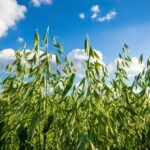How many different types of whole grain are grown locally in Ontario?
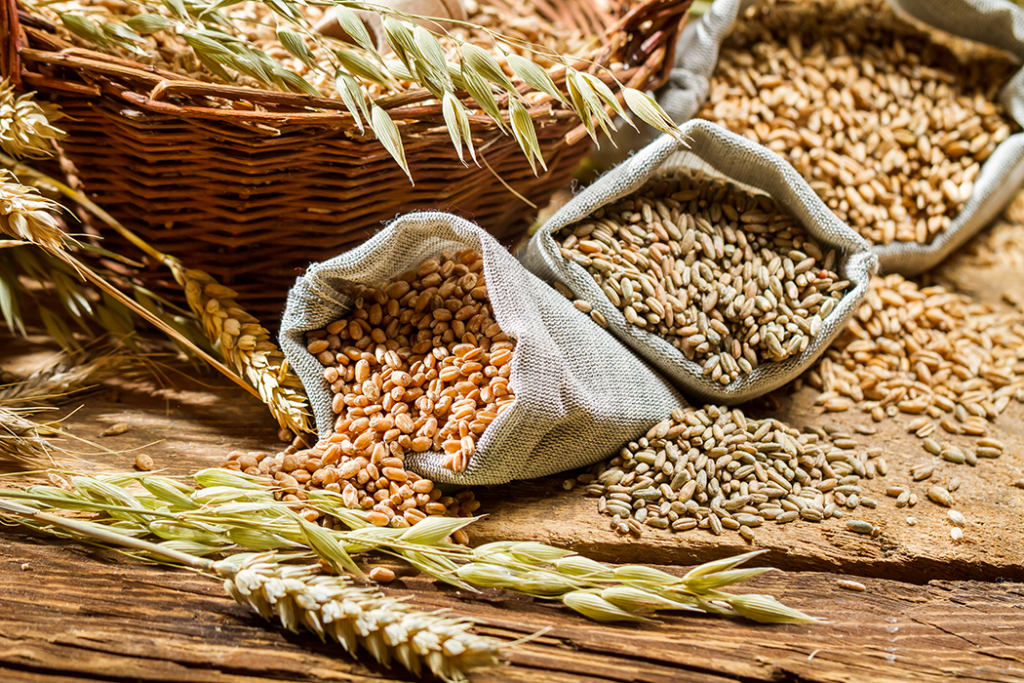
All of Ontario grains are whole grains! Barley, corn, oats, soybeans and wheat are all grown locally here in Ontario on 6 million acres, and as long as all parts of the grains are used in the food item, Ontario grains can be considered whole grain.All of Ontario grains are whole grains! Barley, corn, oats, soybeans and wheat are all grown locally here in Ontario on 6 million acres, and as long as all parts of the grains are used in the food item, Ontario grains can be considered whole grain.
Learn more about Ontario grains!
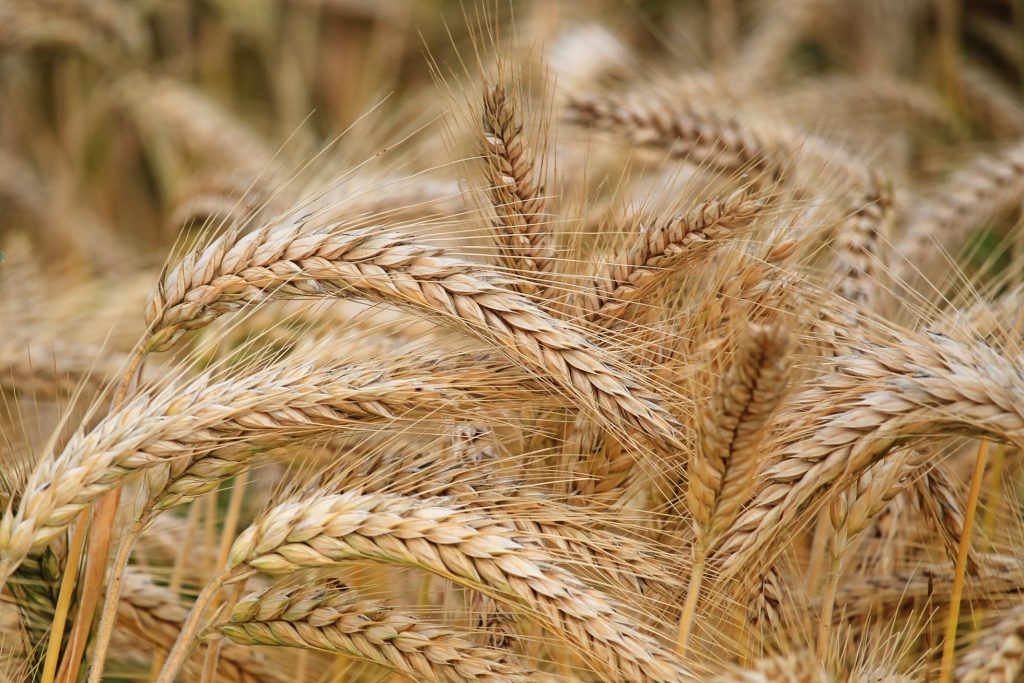
Ontario grows roughly, 186,000 metric tonnes on 148,00 acres each year which represents 2% of the Canada’s barley! Virtually all of the barley produced in Ontario is used for locally- for animal feed, pet food or food for us to eat. Malt barley is also growing in Ontario for use in making craft beer.
Barley as a grain is high in fibre and carbohydrates, which your body needs to produce energy. Ground into flour, it is frequently found in breakfast cereals or loaves of bread. Grain barley is added to soups or other meals and has a nutty, rich flavour. Barley has many proven health benefits: it can lower cholesterol (a risk factor in heart disease), promotes good digestive health, and it can help lower the risk of type 2 diabetes. This grain is also a source of thiamin, niacin, folate, riboflavin, iron, calcium, potassium, phosphorus, magnesium, manganese, zinc, and selenium— all essential vitamins and minerals.
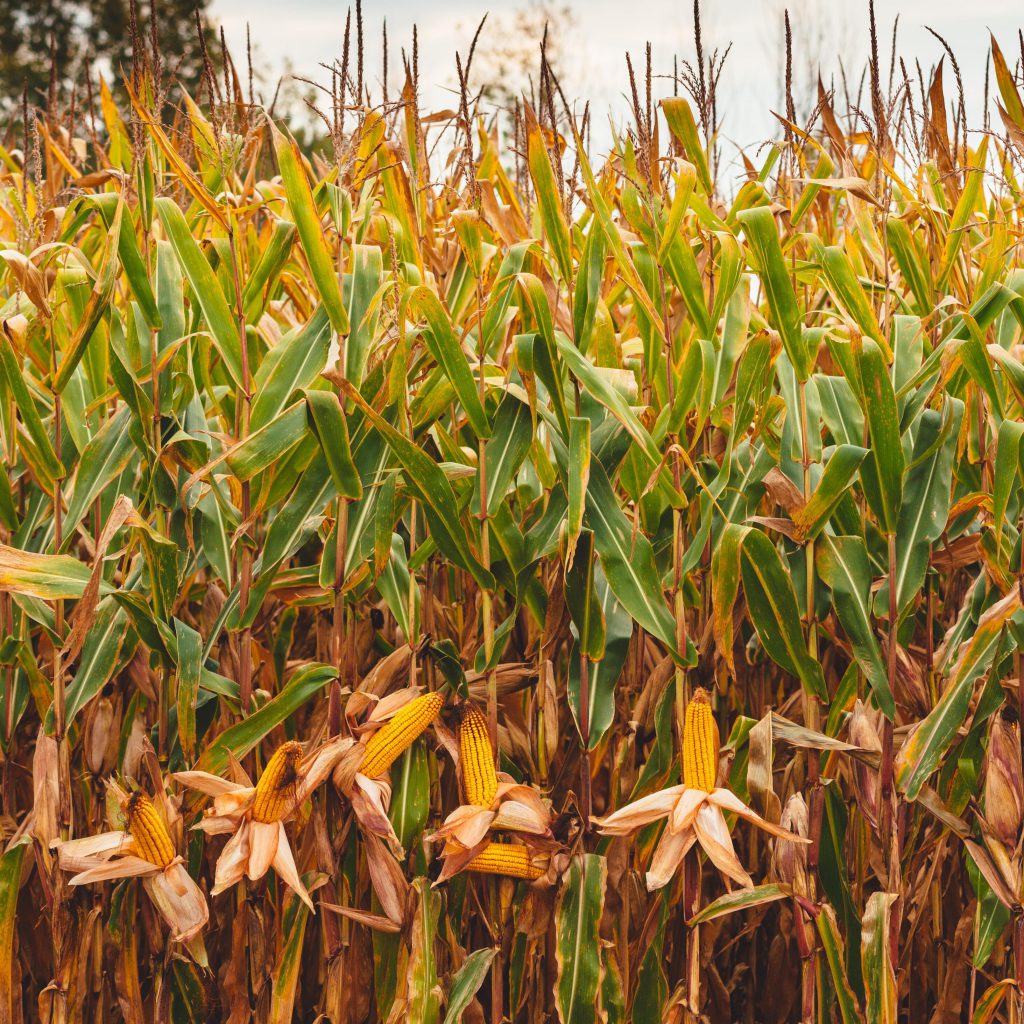
Grain corn is the second largest crop grown in Ontario on 2 million acres. Ontario is the leading corn producing province in the country – growing, on average, 63% of Canada’s grain corn! Over 90% of the corn produced in Ontario is used locally for animal feed for pigs and beef cattle. Over 37% of Ontario’s corn is used in ethanol production and other industrial applications, including industrial alcohols and oils. 18% of Ontario grain corn is also used for food for human consumption. Ontario corn exports have been steadily increasing over the past number of years and major export markets include the United States, Spain, the Republic of Ireland, and the Netherlands.
Most people think that the corn fields they see at the side of the road produce popcorn or sweet corn (corn on the cob). In reality, those crops only come from about 1% of the acres of corn we plant every year in Ontario. The vast majority of corn fields that you drive by are grain corn fields; they don’t produce popcorn or sweet corn at all. Instead, grain corn is used to produce things like corn oil, corn starch, corn flour and cornmeal. Grain corn can also be used to make a lot of different consumer products like ethanol, corn flakes, deodorant, whisky, diapers, fireworks, shampoo… the list goes on and on. Grain corn is a major ingredient in over 2,500 different items found at your local grocery store!

Most of the 75,000 acres of oats grown in Ontairo are used locally with most of the oats being made into food for us to eat. Ontario oats are used to produce oat flakes and flours used in cereals and cereal bars. Most of these oats are produced in Northern Ontario; the climatic conditions in Northern Ontario produce a higher quality oat more suitable for the milling industry. Oats can also be used to feed animals like horses or cattle. A small amount of Ontario oats are exported to the United States where the oats are primarily used for animal feed.
Oat bran (the fibre-rich outer husk of the oat grain) has received significant attention for its role in reducing blood cholesterol. Breakfast cereals and bread products are frequently made from oat flour and rolled oats. Several studies since 1963 have identified beta-glucan, a special type of fibre found in oats, as capable of lowering a subject’s total cholesterol by 8-23%, which significantly decreases the risk of developing heart disease. Oats have also been found to have unique antioxidant compounds called avenanthramides, which also reduce the risk of cardiovascular disease. The beta-glucan in oats has also been shown to stabilize blood sugar in patients with Type 2 diabetes.
Sustainably speaking, oats are also a great way to help keep our soils healthy. Grain farmers will plant oats as a cover crop to help keep soils fertile and add nutrients back into the fields.
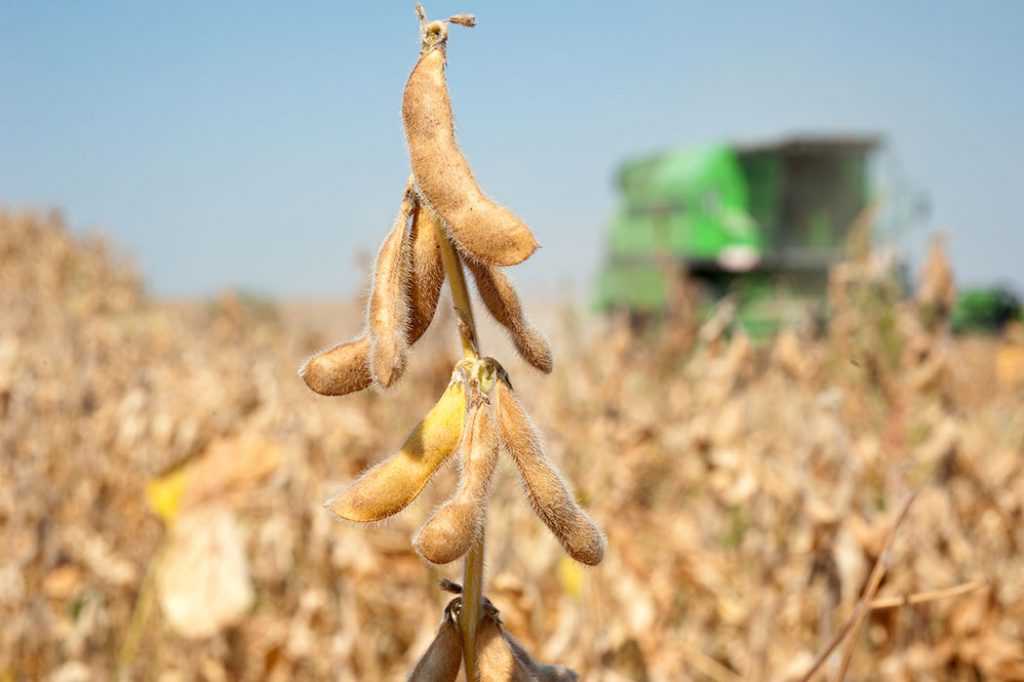
Soybeans are the largest field crop in Ontario! On average, 2.5-3 million acres are planted each year and Ontario is also the largest producing province of soybeans in Canada – on average, farmers here grow 57% of Canada’s total soybeans. In terms of global production, Canada is a minor player, producing less than 2% of the global supply. Global production is driven by the United States and South America.
For more than 20 years, Ontario has produced commodity soybeans destined for oil crush markets along with food grade soybeans destined for export markets and the development of various soy foods. Unlike barley, corn, oats, and wheat, the majority of Ontario soybeans are exported. In fact, every three in five rows of soybeans will leave Ontario for international markets. Ontario soybeans will be exported to Asia, China, the European Union and the United States.
Soybeans are high in protein and can be used to make many different food items like: tofu, soy milk, soy/vegetable oil, natto, miso, soy sauce, roasted whole soybeans and tempeh. Thanks to the oil content of the seeds, soybeans can also be used to make lots of inedible products like plastics, waxes, car parts and even crayons!

Wheat is the third largest field crop in Ontario behind soybeans and corn. Each year, Ontario produces, on average, 1 million acres. Ontario is diverse in its wheat production, growing two different categories, winter and spring wheat, along with several different classes in each, including soft red winter, soft white winter, hard red winter, and hard red spring. Each category of wheat will have different characteristics that will affect how it will be made into food items. Most of the wheat grown in Ontario is best suited to make cookies and cereals. This is because this variety of wheat does the best with our climate and soil conditions.?
Over half of the wheat grown here, is used locally for food or animal feed uses. The wheat that is exported is exported to Quebec and the Untied States.
As a whole grain, whole wheat contains a mix of fibres, including insoluble fibre which helps with digestion. Whole wheat also promotes the growth of helpful probiotic bacteria in the digestive tract.



